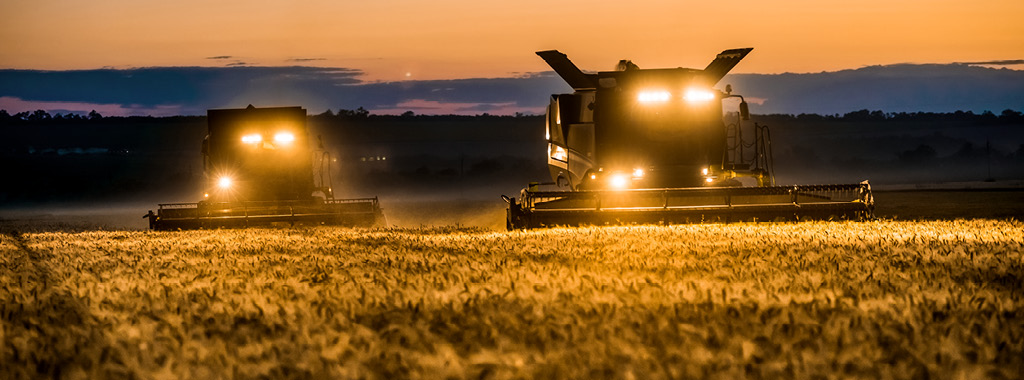AGSECO, Inc.
Superior Wheat Genetics and Technology. AGSECO, Inc., is a group of regional seed companies who cooperatively market wheat genetics in Kansas, Oklahoma, Colorado, and Nebraska. From its initial start-up of seven like-minded Kansas seed producers, AGSECO has grown to over 40 Associates in four states. AGSECO is committed to continuing to grow and expand into areas not currently serviced by our Associates. AGSECO’s policy, in respect to recruiting new Associates, is to only work with professional seed producers who have experience in certified seed production and have demonstrated integrity in the industry. READ MORE ≫

DISTRIBUTING SUPERIOR GENETICS
TO AMERICA'S WHEAT PRODUCERS.
AG GOLDEN
HARD RED WINTER WHEAT
AG GOLDEN was introduced in 2021 and has become one of our top performing varieties. Key benefits of this variety include:
• Resistant to Soilborne Mosaic Virus
• Unknown reaction to Wheat Streak Mosaic, BYDV, powdery mildew, tan spot, Septoria
• Excellent acid soil tolerance
• Excellent drought tolerance
• Seed size average, TKW=34.5g grain diameter =2.5mm
• Excellent winter hardiness
• Susceptible to FHB/scab
• Resistant to Stem Rust
• Resistant to Leaf Rust
• Intermediate to Stripe Rust
• Very good Straw Strength
• Maturity is similar to LCS Chrome so later
• Very high-test weight
• Average protein content
• Average quality for milling and baking
• Coleoptile length is long
• Medium plant height
• Very good wheat on wheat
• Be wary behind corn
READ MORE ABOUT AG GOLDEN ≫
READ MORE ABOUT AG GOLDEN ≫
AG GOLDEN
- Very high test weight
- Excellent winter hardiness
- Excellent yield potential
- Excellent stem rust resistance
- Long coleoptile length
AG RADICAL
- Excellent yield potential
- Excellent test weight
- Medium to high protein content
- Excellent leaf rust resistance
- Excellent straw strength
TAM 114
- Superior leaf disease resistance
- Most drought tolerant
- Very good winterhardiness
- Excellent grazing and grain yield potential
AG ICON WHEAT
- Exceptional yield performance
- Excellent straw strength
- Early in maturity
- Good baking and milling quality


